Here are some of my better bird photos from this summer.
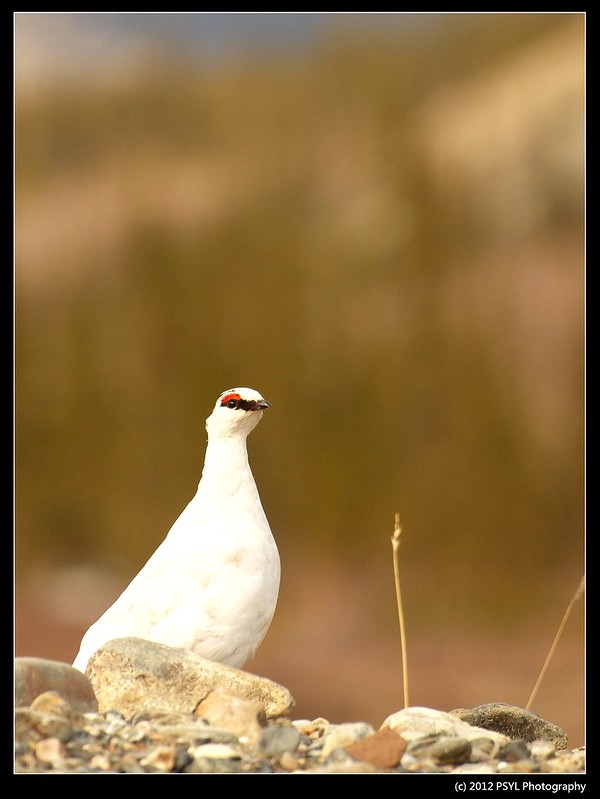
One of the first animals that we saw in the park once we arrived - a male Rock Ptarmigan (Lagopus muta) in winter plumage.

Sometimes the ptarmigans like to perch right on top of short spruce trees. Feels weird to see a relatively-large and white bird on top of a tree, compared to a small sparrow or something.

The male ptarmigans in summer plumage.
A scruffy-looking Horned Lark (Eremophila alpestris) on a mid-elevation plateau.

My field assistant and I came across this Horned Lark fledgling later on in the field season. It was quite well-camouflaged and almost impossible to spot if you took your eyes off it for a moment.
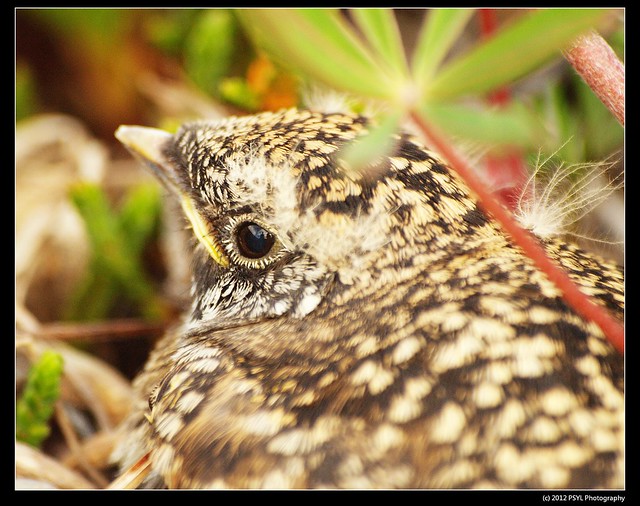
Pretending it's a rock.
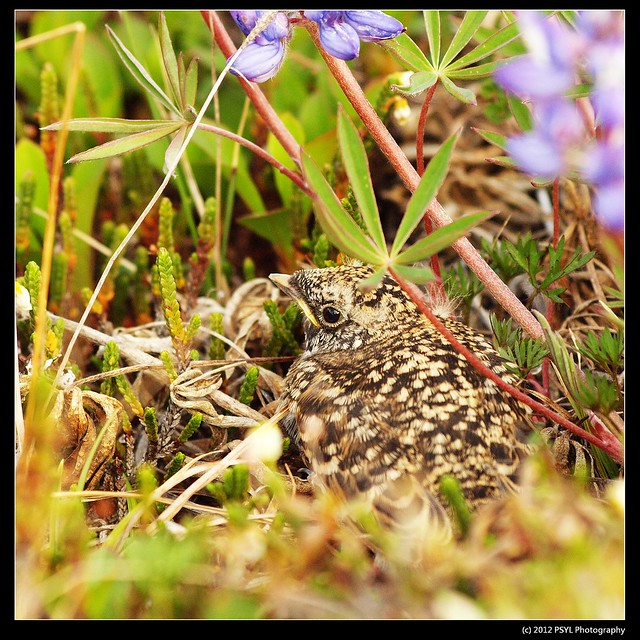

My field assistant and I came across this Horned Lark fledgling later on in the field season. It was quite well-camouflaged and almost impossible to spot if you took your eyes off it for a moment.

Pretending it's a rock.

Hiding among the vegetation.
Gray Jay (Perisoreus canadensis) on treetop. Much more suitable than a ptarmigan.
Northern Wheatear (Oenanthe oenanthe), a lifer for me this year. We saw it at one of the highest points in the area (~800-m) and this bird was making sounds very similar to the shutter sound of my camera, which we thought was very interesting - almost like the Lyrebird that Sir Attenborough talked about in one of his documentaries.
Northern Shrike all the way in northern Yukon.
Now this is something cool. While my field assistant were counting berries on soapberry shrubs later on in the field season, I noticed a bird flying behind me. I turned around and it was some kind of woodpecker. This is quite amazing because aside from the Northern Flicker, the only woodpecker that is found in northern Yukon is the American Three-toed Woodpecker (Picoides dorsalis), and according to AllAboutBirds, this part of Yukon isn't even really highlighted. Secondly, this is a juvenile-looking bird meaning that it was born here in northern Yukon, in the midst of mostly stunted spruce trees (and some deciduous trees that other researchers discovered this year). Quite exciting news, I'd must say.
And one day before seeing the woodpecker, us researchers went on a hike, and on our way back to the camp, my field assistant and I saw two American Golden Plovers (Pluvialis dominica) - another lifer for me! It was strange to see plovers in a mountaineous plateau without any major water bodies. The birds were alarm-calling quite loudly, leading us to think that there is a nest nearby. But we spent quite a while observing the birds and they showed no signs of where the nest was.
Speaking of shorebirds, here was a Lesser Yellowleg (Tringa flavipes) that the bird researchers saw nesting around the area. It blended amazingly with the vegetation.
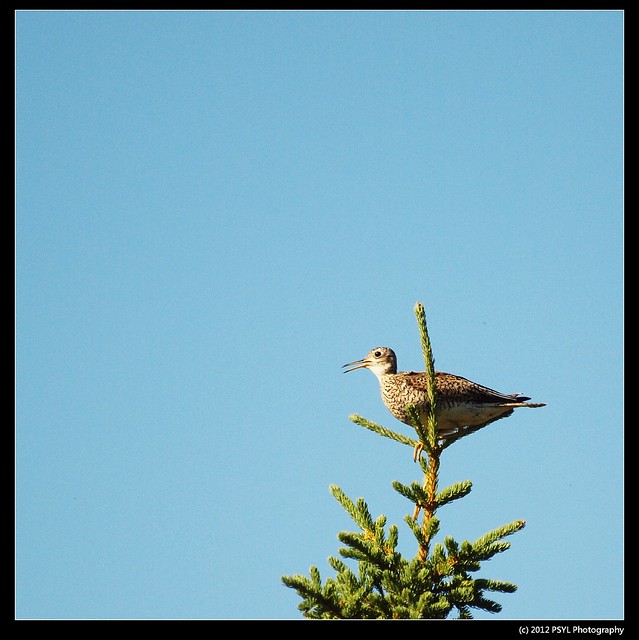
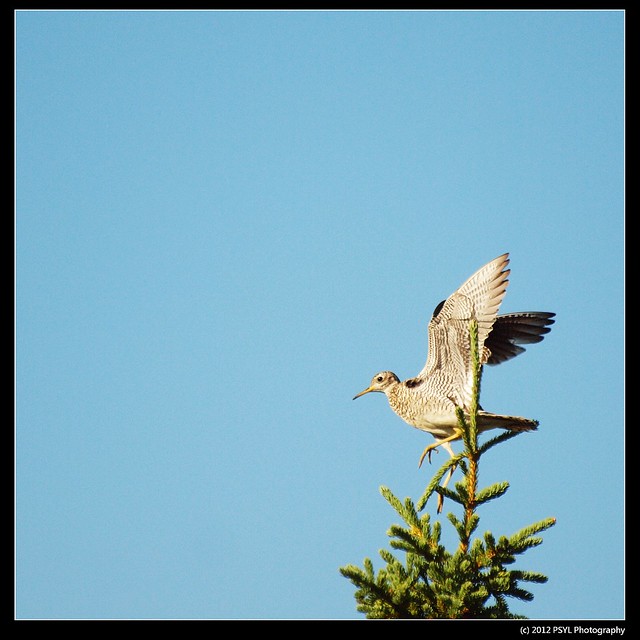




And as I mentioned last year, Upland Sandpipers (Bartramia longicauda) are found in Yukon and breeds in Ivvavik as well. As you can see, this was taken later on in the season when the bugs were getting pretty nasty, even on treetops.
Lastly, not in Ivvavik but back in Inuvik, NWT where Common Ravens are kings of the sky.
Common Raven (Corvus corax) in Inuvik, NWT


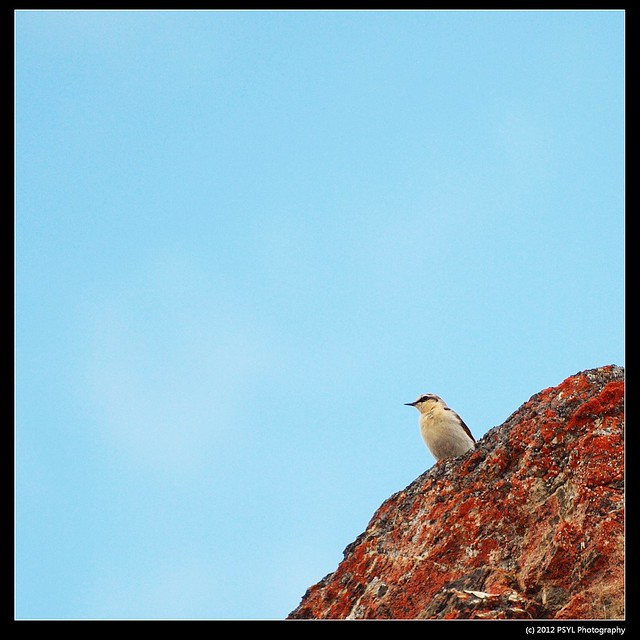
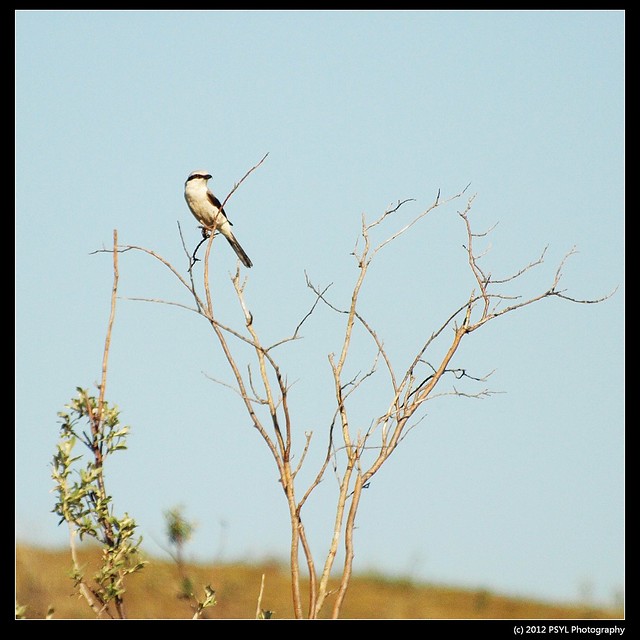
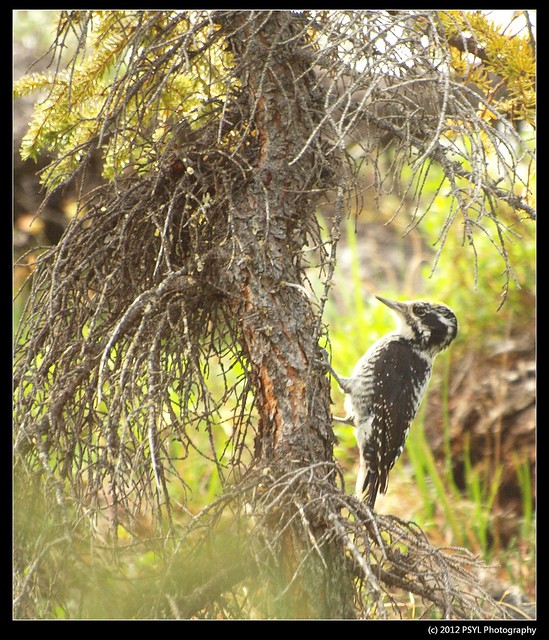

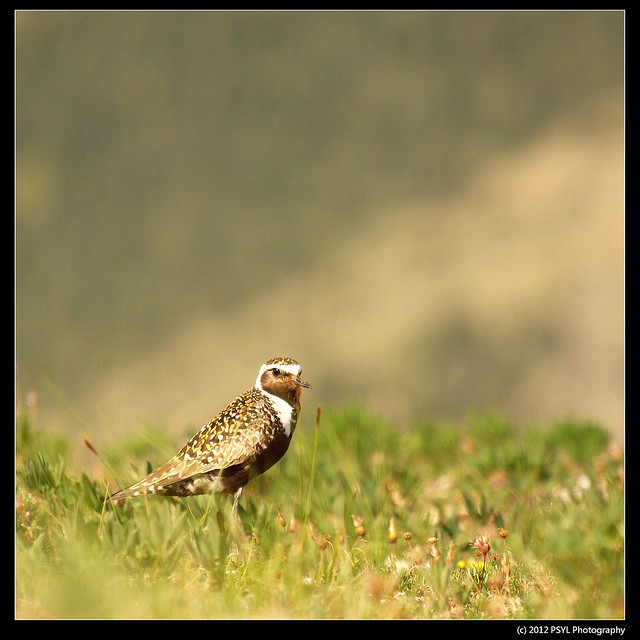
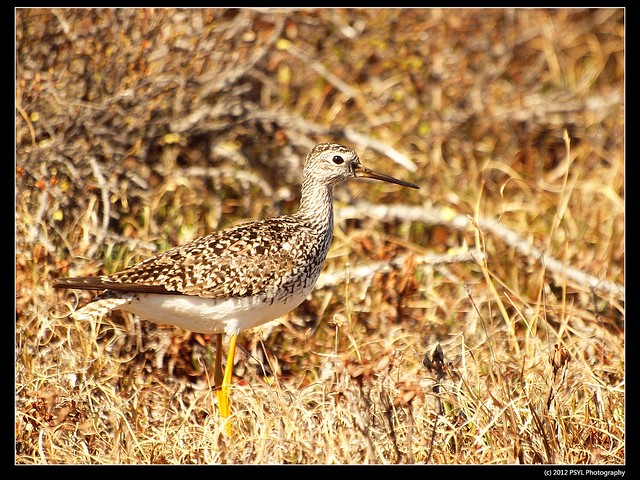

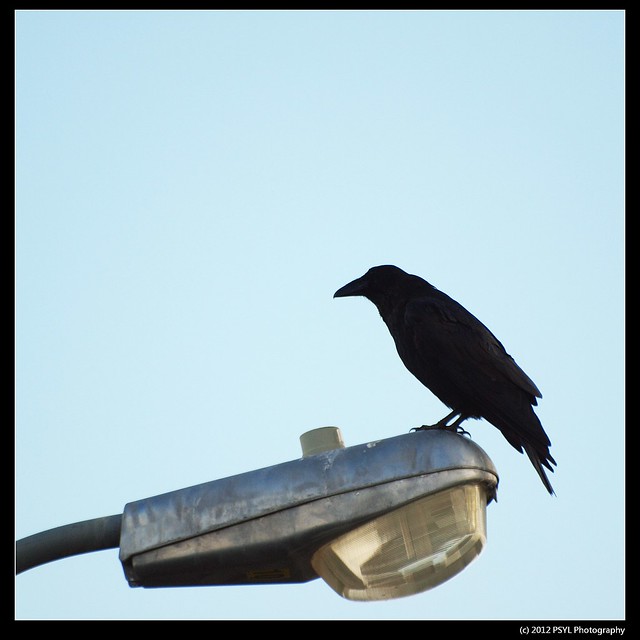
No comments:
Post a Comment